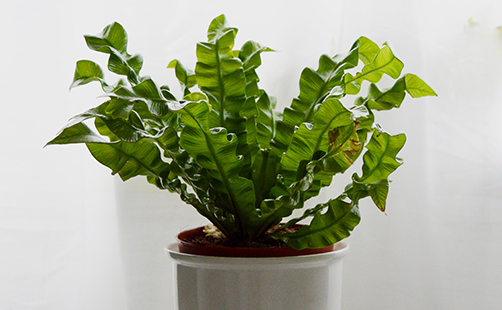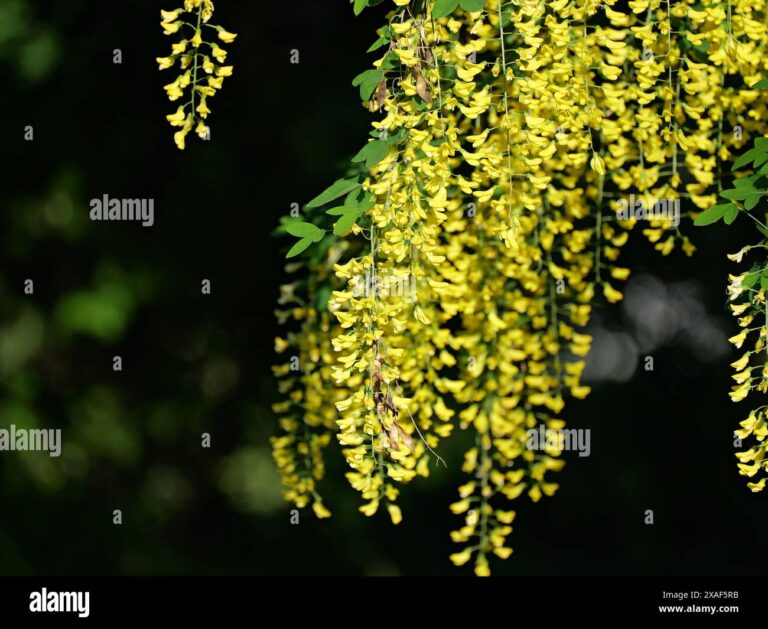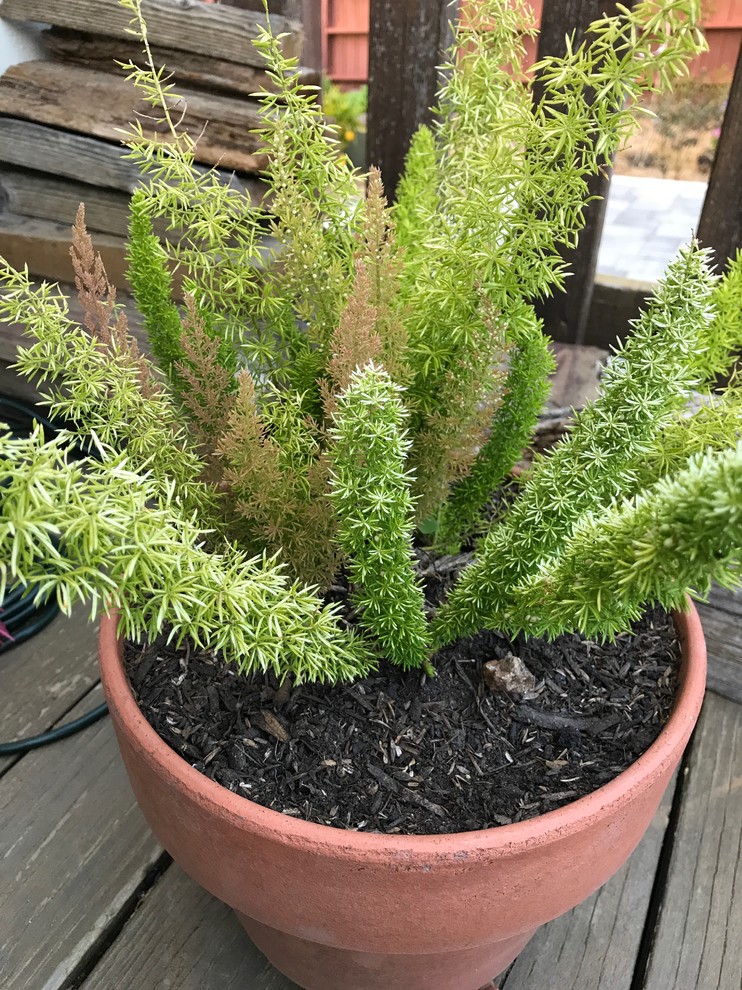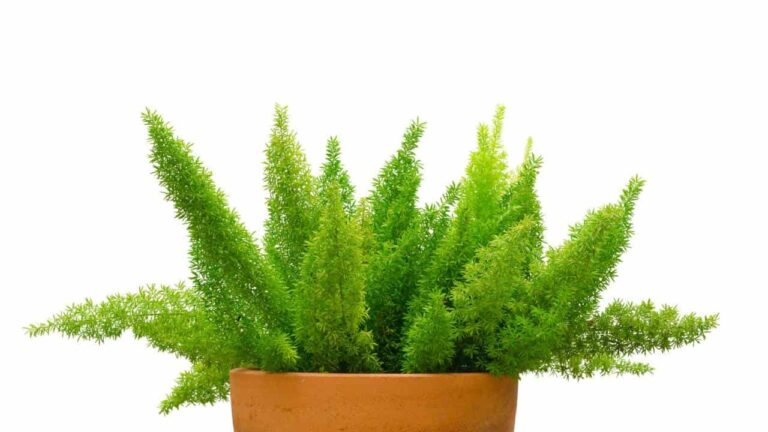Light Requirements for Ferns
Understanding the light needs of ferns is essential for their healthy growth and vibrant appearance. In this section, we’ll explore the importance of light for ferns and outline the ideal light conditions these beautiful plants require.
Importance of Light for Ferns
Light is a crucial factor in the growth and development of ferns. Different fern species have evolved to thrive in various light conditions, often depending on their native habitat. Generally, ferns prefer shady, moist environments and have adapted to grow under the canopy of trees, where they receive filtered sunlight. Full sun can cause leaf scorch and damage to the delicate fronds (Garden Design).
Without sufficient light, ferns may exhibit slower growth, legginess, and paler leaves. It’s important to provide the right amount of light to ensure your ferns remain healthy and lush. For more tips on proper fern care, visit our fern plant care guide.
Ideal Light Conditions for Ferns
Ferns generally prefer medium light conditions, mimicking the dappled light of their natural forest floor habitats (The Sill). Bright, indirect light is ideal for most fern species. East-facing rooms are particularly suitable, as they provide a period of morning brightness followed by softer ambient light throughout the day. This helps prevent leaf crisping and ensures the ferns receive the optimal amount of light (House Plant House).
Here is a table summarizing the ideal light conditions for popular fern species:
| Fern Species | Light Requirement |
|---|---|
| Boston Fern | Bright, indirect light |
| Maidenhair Fern | Filtered light |
| Bird’s Nest Fern | Bright, indirect light |
| Staghorn Fern | Moderate to bright, indirect light |
| Asparagus Fern | Bright, indirect light |
To learn more about specific light preferences for various fern species, check our section on specific fern light preferences.
Ensuring that your ferns receive the right amount of light will help them thrive and maintain their lush, green appearance. Adjust their placement based on seasonal changes and monitor their growth to make necessary adjustments. For additional guidelines on growing ferns indoors, refer to our article on best indoor locations for ferns.
Specific Fern Light Preferences
Ferns are a popular choice for indoor gardening due to their lush foliage and relatively low maintenance requirements. However, understanding their specific light needs is crucial for keeping them healthy and vibrant. Different fern species have varying tolerances and preferences for light conditions. This section explores which ferns can tolerate more light and which prefer indirect light.
Fern Species Tolerant to More Light
Certain fern species are more adaptable to increased light levels. These types of ferns can often handle filtered or dappled sunlight, though excessive direct sun can still cause leaf scorch. These ferns are acclimated to environments where light filtering through the canopy reaches them, making them suitable for brighter spots in your home.
- Boston Fern (Nephrolepis exaltata): Known for its sword-shaped fronds, it can tolerate brighter conditions but should be shielded from direct sunlight.
- Blue Star Fern (Phlebodium aureum): This fern’s unique bluish-green fronds can handle more light and remains resilient with bright, indirect light.
- Bird’s Nest Fern (Asplenium nidus): Its wider fronds allow it to tolerate slightly higher light levels, but it thrives best with filtered light.
Fern Species Preferring Indirect Light
Other ferns have evolved to thrive in low to medium light conditions, as they are typically found flourishing on forest floors, well-shaded by the canopy above (The Sill). These ferns prefer indirect light, where direct sunlight never touches their leaves.
- Maidenhair Fern (Adiantum): Known for its delicate, resilient fronds, it thrives in soft, diffused light and is highly sensitive to direct sun, which can result in leaf scorch.
- Button Fern (Pellaea rotundifolia): Its small, rounded leaves do well with indirect light and grow efficiently in low-light conditions.
- Kangaroo Paw Fern (Microsorum diversifolium): This unique fern prospers in shaded environments, as direct sunlight can damage its tender fronds.
| Fern Species | Light Tolerance | Ideal Conditions |
|---|---|---|
| Boston Fern | More light | Bright, indirect light |
| Blue Star Fern | More light | Medium to bright, indirect light |
| Bird’s Nest Fern | More light | Filtered light |
| Maidenhair Fern | Indirect light | Soft, diffused light |
| Button Fern | Indirect light | Low to medium light |
| Kangaroo Paw Fern | Indirect light | Shaded environment |
Understanding these specific preferences allows for proper placement within your home to mimic their natural habitats. For more comprehensive care tips, including soil and watering requirements, visit our fern plant care guide. If you notice any issues such as your fern plant turning brown, it may be a signal to adjust its light exposure.
Remember, the key to thriving ferns is to replicate their natural environment as closely as possible, considering both light and other environmental factors. To further explore how to balance soil and light for optimal fern growth, you can check our detailed section on fern plant care outdoor.
Growing Ferns Indoors
Understanding the specific light requirements for your indoor ferns is key to maintaining their health and vibrancy. Here’s a guide on suitable locations and how to provide adequate light for your fern plants.
Best Indoor Locations for Ferns
Ferns like the Boston Fern, Maidenhair Fern, and Birds Nest Fern thrive in environments with medium light conditions. They are well-suited for east-facing rooms where they benefit from morning sunlight followed by softer, ambient light throughout the day.
Optimal locations include:
- East-facing windowsills: Ideal for morning light which is less intense and allows ferns to grow without the risk of leaf scorching.
- Near east-facing windows: Placement close to these windows ensures they receive sufficient indirect light.
- Bright, shaded corners: These areas mimic the natural habitat of ferns, providing filtered light similar to that found on the forest floor (The Sill).
Providing Adequate Light for Indoor Ferns
To ensure your fern plants receive the appropriate amount of light indoors, consider the following methods:
-
Natural Light: Position your fern in an area with medium to bright indirect light. Avoid placing them in direct sunlight as this can cause leaf scorching (Garden Design).
-
Artificial Light: If natural light is insufficient, supplement with artificial grow lights. Use fluorescent or LED grow lights positioned about 6-12 inches above the plant to simulate natural sunlight.
-
Light Rotation: Rotate your fern periodically to ensure even light distribution, preventing uneven growth.
Here’s a quick reference table for placing ferns based on lighting conditions:
| Placement | Light Conditions | Frequency |
|---|---|---|
| East-facing windowsill | Morning sun, indirect | Daily |
| Near east-facing window | Medium light | Daily |
| Bright, shaded corners | Filtered light | Daily |
| Under grow lights | Artificial indirect | 12-16 hours/day |
Ensuring proper light conditions is vital for the health of your ferns. For more tips on maintaining your indoor ferns, visit fern plant care. Providing the right balance of light will help your ferns flourish indoors.
For further information on specific fern species and their exact light preferences, refer to our sections on fern plant temperature tolerance and fern plant care in winter.
Care Tips for Healthy Ferns
Ensuring the health of your ferns involves a careful balance of soil and light, as well as appropriate watering and humidity levels.
Soil and Light Balance
Ferns generally thrive in well-draining soil rich with organic matter. This type of soil helps maintain the moisture ferns need without becoming waterlogged, which can lead to root rot (Monrovia). The right soil balance ensures that ferns receive the proper nutrients while maintaining the moisture they require.
Ferns prefer shaded or partially shaded environments, making indirect light ideal. Direct sunlight can damage delicate fronds, leading to browning or crisping of the leaves. For instance, Boston ferns benefit from being positioned close to an east-facing window where they receive soft, indirect sunlight (House Plant House).
Watering and Humidity for Ferns
Maintaining the right hydration and humidity levels is crucial for keeping ferns healthy. Though ferns generally prefer moist soil, it’s important to avoid overwatering, which can result in waterlogged soil. Monitoring soil moisture regularly can help prevent over- or under-watering.
Ferns also benefit from high humidity levels. Using a humidifier in the room can provide the moisture necessary for the plant to thrive. Indoor ferns like the Austral Gem Bird’s Nest Fern and the Blue Star Fern particularly require high humidity environments to maintain their vibrancy (Monrovia).
| Fern Type | Ideal Light Conditions | Moisture Needs | Humidity Requirements |
|---|---|---|---|
| Austral Gem Bird’s Nest Fern | Indirect light | Moist soil | High humidity |
| Blue Star Fern | Indirect light | Moist soil | High humidity |
| Compact Sprenger Asparagus Fern | Partial shade | Well-draining soil | Moderate to high humidity |
| Jurassic™ Velociraptor Ribbon Fern | Partial shade to indirect light | Moist soil | High humidity |
| Boston Fern | Eastern windowsill or east-facing window | Soft, indirect light | High humidity |
Proper fern care includes balancing the needs for light, soil, and moisture. This attention to detail ensures your ferns remain healthy and vibrant. For more comprehensive tips and advice, explore our articles on fern plant care and fern plant watering.




